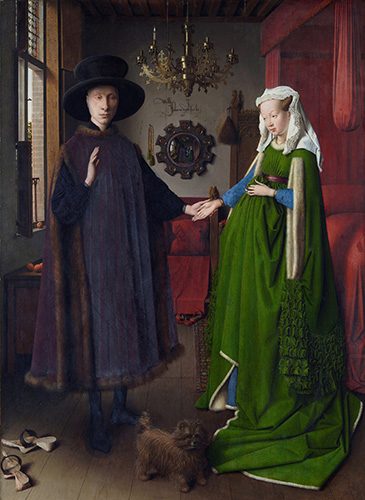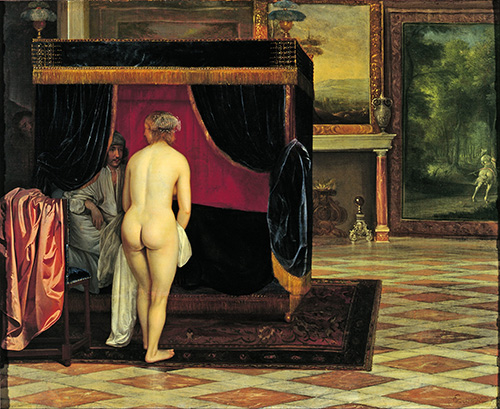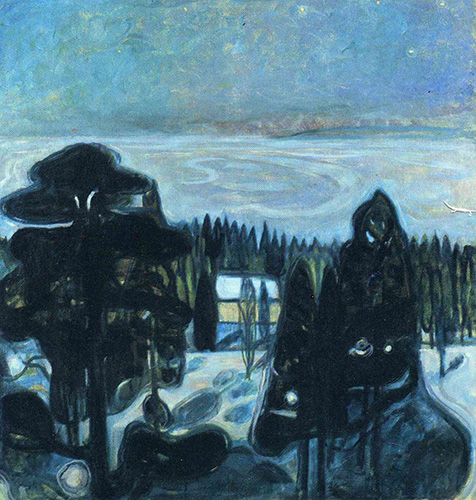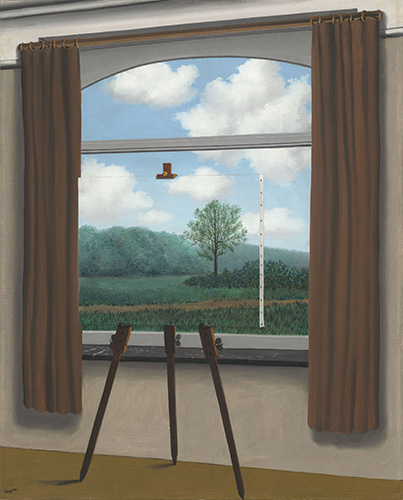
How to observe paintings – the importance of composition
ArtWizard 29.06.2020
“Composition brings together everything… it unifies beat, rhythm, and rhyme in a poem; timbre, melody, harmony, tempo, and dynamics in a symphony, and subject, mood, light and moment in a photograph (or painting) – and somehow make them greater in whole than the sum of their parts. The composition creates a synergy which elevates art above mere expression, it can transform even the vulgar into the sublime.”
Ian Plant, photographer
Understanding the principles of composition is essential in understanding and observing art objects. The golden ratio way of placing the objects in a painting is also known as the divine proportion. This is a mathematical formula, aiming at underpinning the elements in a specific artwork and making it appearing aesthetically right.
The visually satisfying structure can be populated by figures, proportions, perspective, color, tonal ranges, and atmosphere. Painters construct the compositional space we perceive observing strict rules of perspective and placement of the different objects, even in abstract art in some cases, and some filmmakers even base their movie composition on this artistic expertise, copying the mood and style of the painting compositions. It is interesting to know that for example Hitchcock's dramatic lighting recalls the paintings of Caravaggio and the sequence of the dreams in his movies have been inspired by the surreal world of Salvador Dali and Rene Magritte.
The term “composition” relates to all kinds of art and is an essential part of the even subconscious interpretation of it. Artists use reliable devices to anchor their compositions, such for example a window frame that signifies our view of the world or easily recognized demarcations between foreground, middle, or background. However, their views are in most cases constructed, rather than simply copied. Isolated elements are often coaxed into convergence to create an aesthetic composition that may include more dynamic perspectives.
Patterned surfaces are often used to suggest movement and a variety of color and tonal range relates to creating an atmosphere. An experienced artist can transform classic methods of composition into his own “signature” compositions, however, these may not always include the magic ingredients that will elevate the work to masterpiece quality in the eyes of the viewer. There are few interesting composition examples to show the different methods used by so renowned artist in their art pieces

Jan Van Eyck, The Arnolfini Portrait, 1434, oil on canvas
As well as his wealthy Italian clients, the artist records himself reflected in the mirror and the painting bristles with detailed information. The woman is fashionably dressed in heavy swathes of green fabric, the man wears fur and the dog represents loyalty, the interior is chic. All elements fuse within the expensive, yet appearing small space. The composition in this painting aims in all means to depict a very wealthy Italian family.
In a very large number of classical paintings, we can see hidden figures or implied objects that aim to enhance the way the painting is perceived. An interesting example of such an approach is also the painting “Kandaule’s Wife Discovering the Hiding Gyges” by the Dutch golden century painter Eglon van der Neer (1634–1703).

Eglon van der Neer, Kandaule’s Wife Discovering the Hiding Gyges, 1660
The painting depicts a story about Eros and Death. The Lydian King Candaules urges his bodyguard Gyges to secretly convince himself of the beauty of his wife Nyssia, but she discovers the voyeur hidden behind the bed curtain and, to regain her honor, challenges him to kill Candaules and marry her or die himself. Gyges kills his master, who becomes this way the victim of a strong woman and her beauty. The viewer of the painting plays a role as a “voyeur” and participates in the whole scene. In this way, the painter involved also the spectator to participate in his composition.
In the more modern and contemporary art, the composition plays an equally important role in implying a certain meaning to the viewers.
,_1939,_oil_with_sand_on_canvas.jpg)
Georges Braque, The Studio (Vase before a Window), 1939, oil with sand on canvas
The triptych of vertical windows with their view of clouds dominates this complex picture. Everything unfolds in the surrounding space, but the windows provide the pint of rest respite. The riot of pattern, controlled by the demarcated white borders, carves up the multi-textured composition of wood effects and domesticity.

Edvard Munch, A White Night, 1901, oil on canvas
Munch describes nature as being like “a picture on the black of his eye”. This silent moonlight scene evokes exactly that internal landscape. Serried ranks of evergreen pine split the square canvas, black and white colors working in tandem to create a syncopation that lifts the melancholy of the northern stillness.

René Magritte, La Condition Humaine, 1933, oil on canvas
Magritte presents ordinary objects in impossible contexts. He challenges the viewers to consider their own place against the world and the whole of humanity, depicting objects in their absurd meaning. An arched window, depicted to be seen by the viewer as an easel, shows as painting the mundane landscape outside and the pulled curtain is a stagey adjunct to the whole composition. Magritte is one of the artists using the composition as one of the main tools of expression and he is serving with it to imply the absurdity of meaning of some things in life, thus making him one of the emblematic surrealist painters in art history.
In the above terms, the composition shapes the viewer’s experience of the artwork, playing an essential role in what makes an art piece eye-catching and dynamic, or calm and soothing, or disorienting and off-kilter, just as much as the style and technique, that will be covered in our next article.
